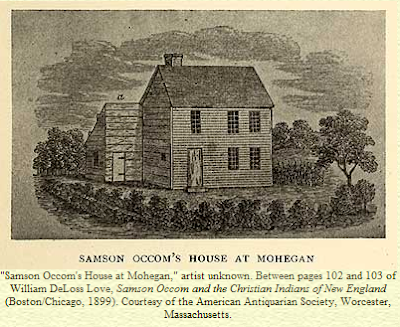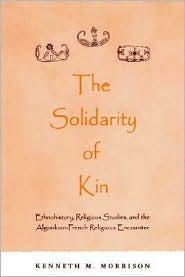 A back view of St. Joseph's Boarding School, Keshena, Wisconsin. Parents didn't protest against the school overtly because they knew that if the school closed, their children would be sent farther away.
A back view of St. Joseph's Boarding School, Keshena, Wisconsin. Parents didn't protest against the school overtly because they knew that if the school closed, their children would be sent farther away.An anecdote relayed in Sarah Schillinger's book about St. Joseph's Boarding School in Keshena, Wisconsin, is about the Roman Catholic practice of confession. The anecdote requires no commentary, other than the disclaimer that it is not for me to comment on confession in a general sense, only that it proved to be a bad thing for many Indian children at St. Joseph's.
On page 65, Schillinger states that the students feared and disliked Sister Mary Ignace. A Menominee woman named Josephine Daniels recalled that "you.... [had] to go confess your sins every Friday, whether or not you had sins, you had to confess." But one Friday Josephine Daniels asserted that she had no sins to confess and the result was "a good licking" from sister Mary Ignace. The next week, Josephine Daniels told the priest that she had "killed about eleven people and committed adultery fifty times and told about seven hundred lies."
The priest was not so hard to deal with and Josephine Daniels' ridiculous confession resulted in an investigation. The children never knew for sure what kind of consequences Sister Mary Ignace faced or didn't face as a result of the beating she administered. In a 1994 interview, all that Josephine Daniels knew is that the nun was sent away and later came back.
[Schillinger's book leaves no clue as to when this confession/beating incident occurred, other than that St. Joseph's Dormitories were closed in 1952.]












